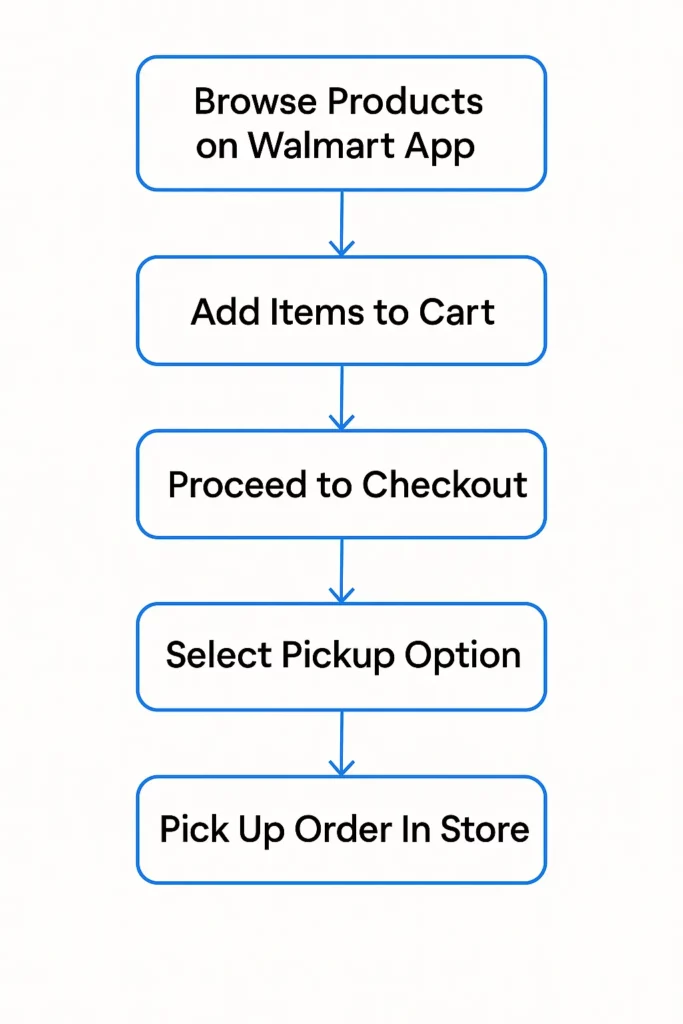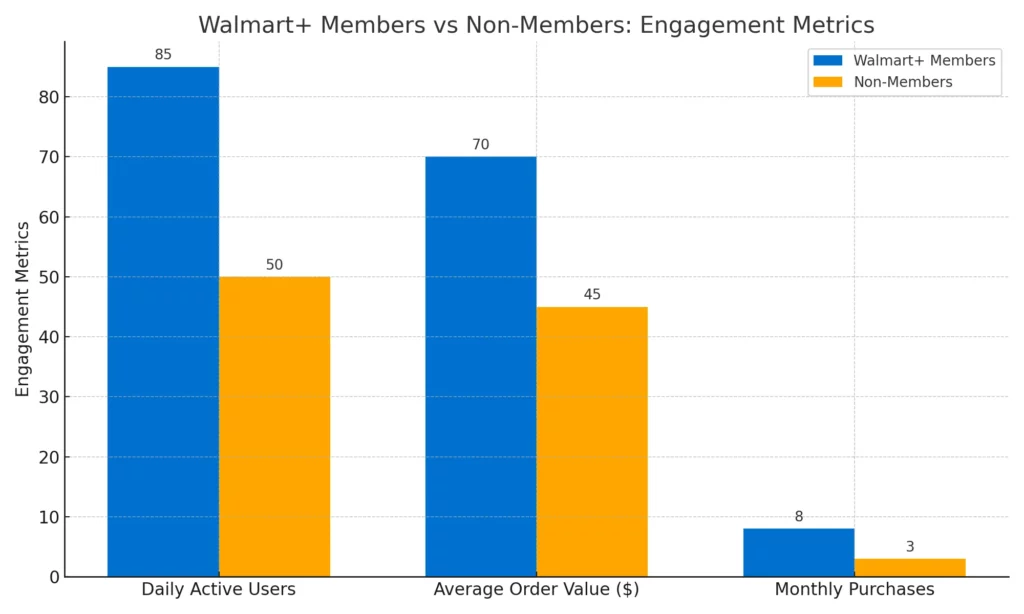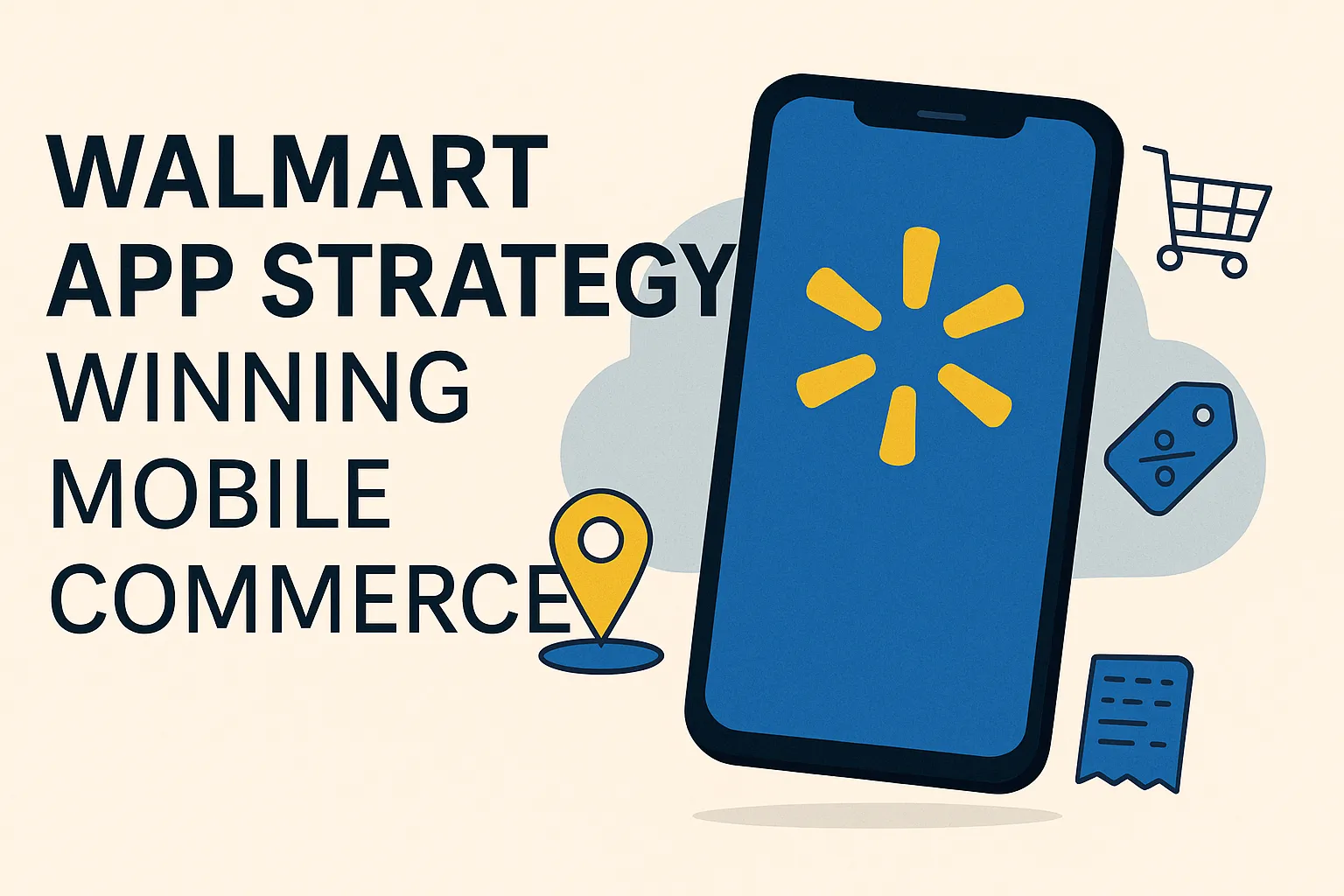Think back to your last online shopping spree. Did you reach for your laptop? Or did you tap away on your phone while watching Netflix? If it was the latter, you’re not alone. Mobile commerce has eaten traditional e-commerce’s lunch—and dessert. In this digital free-for-all, guess who’s crushing it? Yep, Walmart. The big-box behemoth turned its retail muscle into app-powered magic, winning over millions of budget-conscious, app-savvy consumers.
But here’s the kicker: Walmart’s app isn’t just a glorified shopping cart. It’s a full-fledged ecosystem—part discount hunter, part grocery helper, part digital wallet, and all hustle. If you’re building a shopping app or dreaming of a Walmart clone, you better take notes.
In this blog, we’re unpacking Walmart’s mobile app marketing strategy—what makes it tick, click, and stick. And if you’re planning to build your own high-performance eCommerce clone app, Miracuves has the expertise to get you from napkin sketch to App Store superstar.

Why Walmart’s App Deserves a Closer Look
From Store Shelves to Home Screens
Walmart’s journey from a traditional retail chain to a digital commerce juggernaut is like watching an elephant learn ballet. And dance it does—gracefully, profitably, and at scale. As of Q1 2025, the Walmart app boasts over 50 million downloads across platforms and has been a top contender in the shopping category on both iOS and Android, according to Statista.
But it’s not just about downloads. It’s about retention, engagement, and turning installs into loyalists. Walmart’s app integrates savings, convenience, and personalization in a way that makes it sticky—a term every founder should obsess over.
Learn More: Build an App Like Walmart in 2025 – Developer Guide
Core Marketing Pillars of Walmart’s App Strategy
1. Omnichannel Mastery
Walmart blurs the lines between online and offline like a pro illusionist. Order online, pick up in-store. Browse in-store, scan via app. It’s seamless.
- Geo-fenced push notifications ping users when they’re near a Walmart.
- Scan-and-go features allow for frictionless in-store shopping.
- Real-time inventory makes sure users aren’t barking up the “out of stock” tree.
2. Price-Conscious Personalization
Walmart doesn’t try to be bougie—it leans into its bargain DNA. The app uses user behavior, location, and purchase history to surface:
- Rollback deals
- Weekly ad flyers
- Personalized savings alerts
All wrapped in a UI that screams, “Yes, Karen, you are saving money.”
3. Gamification & Loyalty Programs
While Walmart doesn’t scream “fun,” it sure knows how to use game mechanics:
- Walmart+ Membership: Exclusive discounts and free shipping = psychological ownership.
- Cash-back integration: Fuel discounts and in-app rewards keep users hooked.
- Rewards tracking: Nudges users to spend more to unlock benefits.
Gamification isn’t just for TikTok clones or language apps—Walmart shows it works for groceries too.
4. Aggressive App Store Optimization (ASO)
Walmart invests heavily in visibility on app stores. Their strategy includes:
- Smart use of long-tail keywords like “discount grocery delivery” or “cheap back-to-school shopping”
- Eye-popping screenshots with value propositions (e.g., “Save 20% on pickup orders!”)
- Regular updates with changelogs that show ongoing improvement
5. Cross-Platform Promotion
Walmart leverages its omnipresent brand across:
- Email campaigns with deep links
- QR codes on receipts
- TV ads pushing app-exclusive offers
Even their paper receipts whisper, “Hey, download the app.”
Mobile App Features That Support the Strategy
| Feature | Purpose | User Impact |
|---|---|---|
| Smart Cart | Auto-suggests repeat items | Saves time, encourages upsell |
| Pharmacy Refill | One-tap RX renewals | Convenience for healthcare shoppers |
| Order History | Track everything, reorder fast | Drives repeat behavior |
| AR Product View | Try before you buy | Reduces returns, boosts confidence |
Lessons for App Entrepreneurs & Startup Founders
Walmart’s app marketing isn’t just a megacorp’s playground. Here’s what you can steal (ethically):
- Simplify loyalty: A basic rewards system can increase LTV by 30%+
- Geo-target wisely: Push notifications should help, not haunt
- Don’t skimp on ASO: A killer app buried on page 7 might as well not exist
- Promote across channels: Your offline business? It’s your secret weapon
And here’s a bonus: Walmart never forgot its why—low prices. Your app should reflect your mission loud and clear too.
Learn More: Walmart App Features Explained

Build Your Own Grocery Delivery App like Walmart Clone with Miracuves
Conclusion
The Walmart app isn’t flashy. It’s functional, focused, and freakishly effective. That’s the blueprint—build what your audience needs and market it with laser precision.
So what’s next? Voice shopping? AI-powered suggestions? Drone delivery integrations? Who knows. But one thing’s clear—Walmart’s not slowing down, and neither should you.
At Miracuves, we help innovators launch high-performance app clones that are fast, scalable, and monetization-ready. Ready to turn your idea into reality? Let’s build together.
FAQs
What makes Walmart’s app so successful?
Its mix of convenience, price transparency, loyalty perks, and omnichannel features makes it essential for cost-conscious mobile users.
How does Walmart retain app users?
Through consistent push notifications, exclusive in-app deals, and services like Walmart+ that incentivize loyalty.
Can small businesses replicate Walmart’s strategy?
Absolutely. Start with focused features, smart notifications, and a strong app store presence—then scale up.
What role does ASO play in Walmart’s growth?
A big one. Walmart uses keyword-optimized descriptions, attractive screenshots, and frequent updates to rank higher in app stores.
Is the Walmart app monetized beyond product sales?
Yes, through memberships (Walmart+), pharmacy services, and affiliate brand promotions.
How can Miracuves help build a Walmart-style app?
We specialize in eCommerce clone development, tailoring features like smart carts, inventory sync, loyalty modules, and more.








